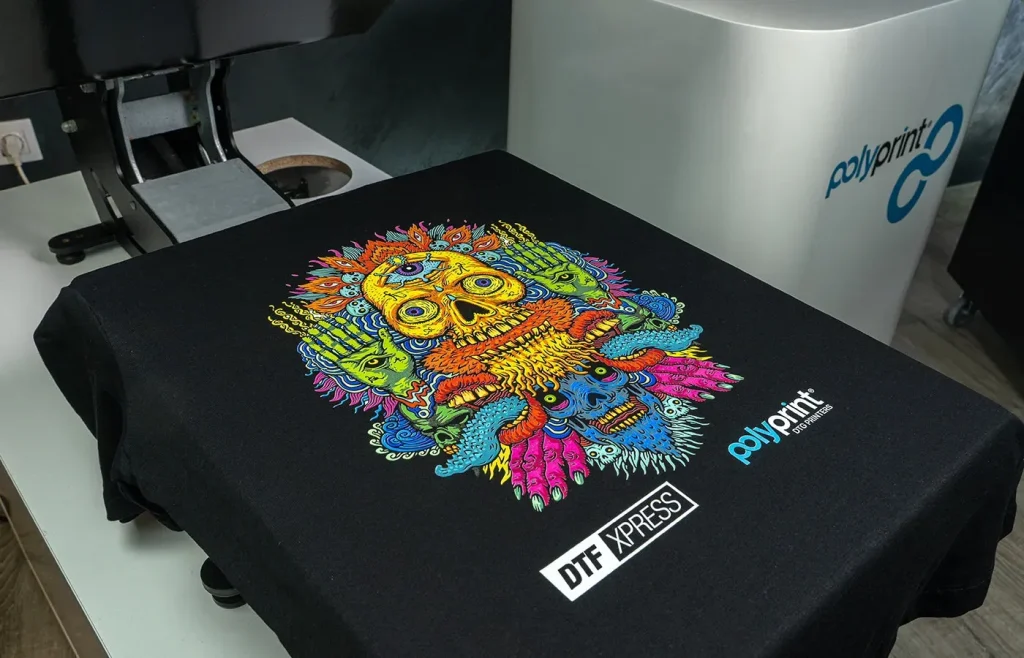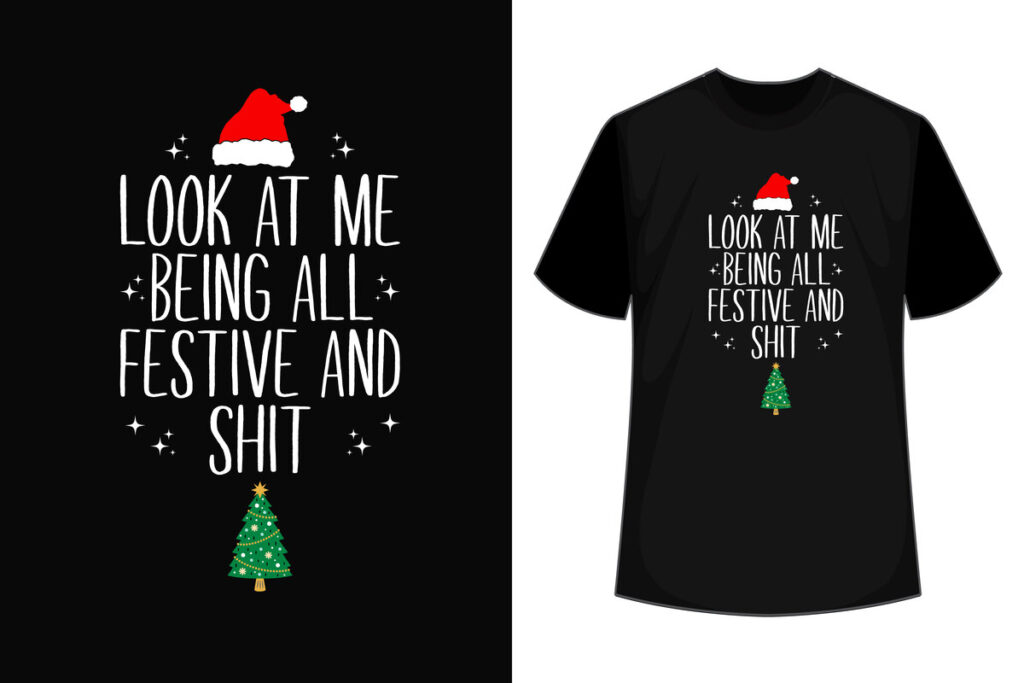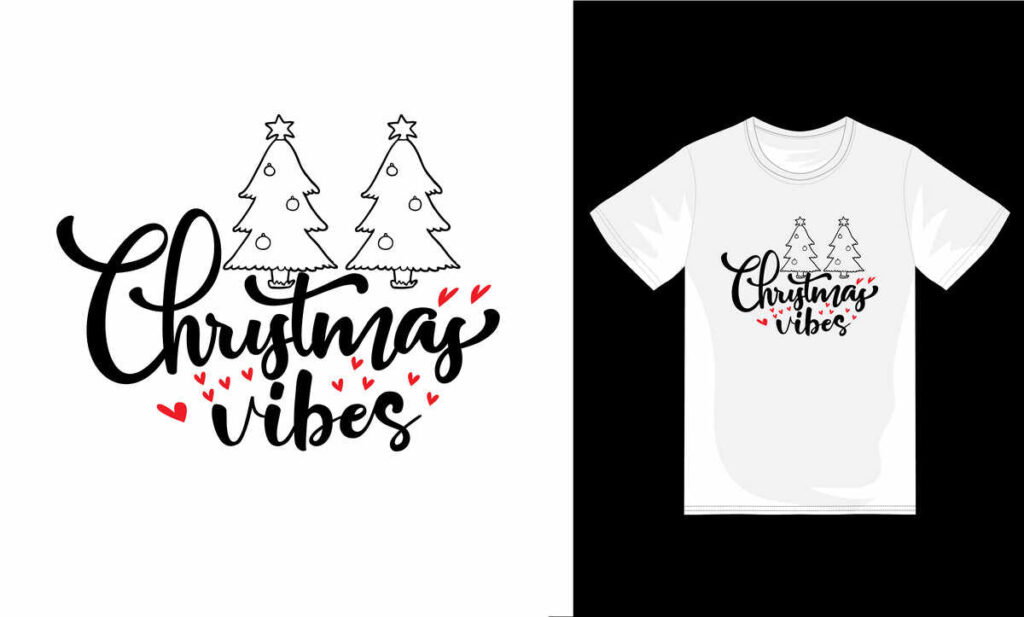In the dynamic landscape of custom apparel printing, DTF printing, or Direct to Film printing, is rapidly gaining traction as a versatile alternative to more traditional techniques. This innovative printing method allows for high-quality, vibrant designs to be transferred onto various fabric types, making it a favorite among small businesses and creators alike. Unlike Direct-to-Garment (DTG) printing, which often requires extensive setup, DTF printing boasts quicker turnaround times and cost-effectiveness, particularly for small to medium runs. By exploring the intricacies of DTF printing alongside other popular methods such as screen printing, we aim to offer insights into choosing the best option tailored to your unique printing projects. As the demand for personalized clothing continues to rise, understanding the capabilities and advantages of DTF is more important than ever.
Known alternatively as Direct to Film printing, DTF represents a cutting-edge approach to applying designs onto fabric. This method involves printing designs onto a special transfer film before transferring them to the chosen material through heat and pressure, facilitating a seamless application. DTF printing excels in providing vibrant colors and exceptional detail, rivaling techniques like Direct-to-Garment (DTG) printing, which applies ink directly onto fabric. Moreover, the comparative analysis of DTF vs DTG and DTF vs screen printing highlights the unique benefits and efficiencies of DTF, making it an appealing option for various printing needs. Understanding these methodologies helps consumers navigate their choices in a competitive printing market.
Understanding DTF Printing Basics
DTF printing, or Direct-to-Film printing, is an innovative technique that has transformed the landscape of custom apparel printing. In essence, the process involves printing designs onto a special transfer film, which are then heat-pressed onto the chosen fabric. This method is particularly appealing because it allows for vibrant color reproduction and a high level of detail, making it a top choice for businesses looking to create eye-catching garments. DTF has gained traction in various sectors, from fashion to promotional merchandise, due to its versatility and efficiency.
Moreover, one of the standout features of DTF printing is its adaptability to different fabric types. While traditional methods like screen printing often have limitations, DTF can print seamlessly on cotton, polyester, and even blends, providing businesses with the flexibility they need to cater to diverse customer preferences. This capability not only boosts the potential for custom designs but also ensures that brands can maintain a competitive edge in an increasingly saturated market.
Frequently Asked Questions
What is DTF printing and how does it compare to other printing methods?
DTF printing, or Direct-to-Film printing, is a method where designs are printed on a special transfer film and then applied to fabric using heat and pressure. Compared to Direct-to-Garment (DTG) and screen printing, DTF stands out for its versatility with fabric types, cost-effectiveness for small runs, and quick turnaround times without the need for pretreatment of fabrics.
What are the advantages of choosing DTF printing for custom apparel?
DTF printing offers several advantages for custom apparel, including vibrant color output, compatibility with various fabric types (like cotton and polyester), and cost efficiency for small to medium orders. Its ability to handle intricate designs without high setup costs makes it an ideal choice for personalized clothing.
How does DTF printing differ from Direct-to-Garment (DTG) printing?
DTF printing differs from DTG printing primarily in setup and fabric preparation. DTG requires pretreatment of fabrics for ink adhesion, whereas DTF allows for quicker processing without this step. While DTG excels with high-resolution images on cotton, DTF is more versatile, effectively printing on a range of materials including blends.
Is DTF printing more cost-effective than screen printing?
Yes, DTF printing is generally more cost-effective than screen printing, especially for small orders. Screen printing involves significant setup costs and multiple screens for different ink colors, while DTF’s simplified process reduces overhead, making it more affordable for custom and short-run designs.
What challenges might one face when using DTF printing?
Challenges in DTF printing can include the initial investment in equipment and materials, a learning curve associated with mastering the heat transfer process, and the feel of the printed surface, which may differ from traditional screen or DTG prints, potentially impacting customer preference.
What industries or projects commonly utilize DTF printing technology?
DTF printing is widely utilized across various industries, particularly for custom apparel, promotional products, and personalized clothing for small businesses. Its growing popularity is driven by the demand for unique designs and efficient production capabilities in both fashion and event merchandise.
| Comparison Aspect | DTF Printing | DTG Printing | Screen Printing |
|---|---|---|---|
| Setup and Preparation | No pretreatment necessary, allowing quicker turnaround | Requires pretreatment for optimal ink adhesion | Needs multiple screens for each color, making setup extensive |
| Design Complexity | Can handle complex designs efficiently | Excels at high-resolution images, ideal for photos | Best for simpler designs due to stencil requirements |
| Fabric Compatibility | Works on various fabrics (cotton, polyester, blends) | Generally limited to cotton fabrics | Best for larger runs on specific materials |
| Production Cost | Cost-effective for small to medium runs | Higher setup costs for small batches | Can be costly for small batches due to setup process |
| Production Speed | Fast for small to medium runs | Slower due to pretreatment | Efficient for large runs, slower for small orders |
| Quality and Finish | High durability and washability, but different feel | Excellent detail and finish | Unique feel; can be visually distinctive |
Summary
DTF printing has become a pivotal player in the printing landscape, providing solutions that cater to a range of fabrics and designs. As we delve deeper into the options available, it’s clear that DTF printing stands out for its vibrant color output, flexibility, and cost-effectiveness, making it especially favorable for custom apparel and small runs. Understanding the nuances between DTF, DTG, and screen printing not only clarifies your choices but also enhances your capability to produce stunning prints tailored to your needs. As businesses increasingly prioritize sustainability, DTF printing’s advancements in eco-friendly practices align well with contemporary ethical considerations, further cementing its place as a leading choice in the printing industry.



